How to choose the right interior doors?
How to choose high-quality interior doors by parameters?
1. Colour. A high-quality interior door will always have a uniform color scheme. The color of the selected door must be pure, without impurities. If this is a wooden door, then the structure (“pattern”) of the tree must be visible through the tinting, and the tinting itself must be uniform and without any spots and “blots”. Do not buy doors whose color seems too cloudy to you. It is possible that such a product is of poor quality and was subjected to additional processing in order to hide the flaws.2. Surface. Excellent doors always have a perfectly smooth surface. Run your palm over the selected doors - the canvas should be even, polished, without roughness and random notches, and as if pleasant and smooth to the touch.
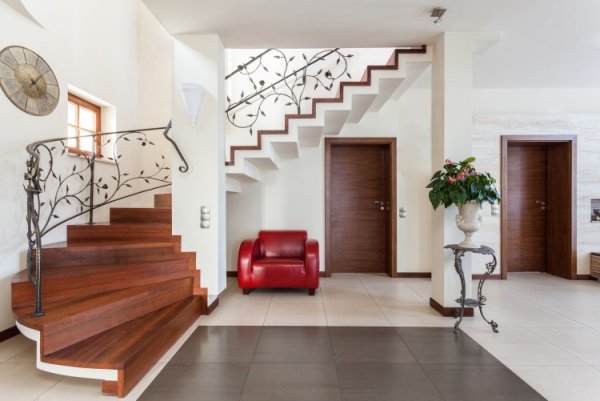
3. Production material. First of all, it should be noted that the door must be made of safe, environmentally friendly or artificial natural materials. Therefore, the best choice in this regard is solid wood doors, a little worse - glued solid wood or natural veneer. It should also be noted that the doors between rooms should serve you for a long time. The most durable are wooden doors, the canvases of which are made of beech, cherry and oak solid wood. Let's still briefly analyze the pros and cons of the most common materials from which interior doors are made.
- solid wood. Doors made from solid solid wood are undoubtedly the most popular. Pros: such doors are very beautiful, durable, environmentally friendly and safe for health, extremely durable, wear-resistant, prestigious, frost-resistant, with decent sound and heat insulation. Cons: they are afraid of moisture (when buying, such doors must be well dried, and in the future it is necessary to ensure that moisture does not get on them, otherwise they will swell), a lot of weight (if the doors are heavy, their strong drawdown is possible), they are afraid of strong mechanical impact. Slightly cheaper doors made of glued solid wood - the pros and cons are the same, only the texture of the leaf of such doors can have an uneven color.
- Veneer. Natural veneer doors are traditionally made from glued pieces of pine or some other type of wood. Pros: beautiful, affordable, environmentally friendly, quite resistant to temperature changes, they can be painted and repaired. Cons: over time, they are subject to drying out and delamination of veneer, they are afraid of exposure to ultraviolet radiation (they darken with age), they do not tolerate fungus, the quality is noticeably lower than in wooden doors, they do not tolerate wet rooms, most detergents do not suit them.
- Laminate. Among their advantages of laminated doors: environmental safety, lightness, not afraid of moisture, relatively low price, resistance to ultraviolet radiation and scratching, unpretentious maintenance, not subject to deformation. Cons: poor sound insulation, let heat through, crumble with strong impacts or with inaccurate insertion of fittings, laminate can peel off over time, very unpresentable, rather fire hazardous.
- Glass. Contemporary modern choice. Positive aspects: they visually expand the room (good for small rooms), moisture resistant, perfectly smooth, do not change their shape, are not afraid of fungus and mold, are absolutely fire resistant. Great option for the kitchen or bathroom. Cons: heavy weight, relative fragility - they are afraid of hitting the end (but this depends on the type of glass), not very suitable for rooms with excessive operational load, very high price, difficult installation.
- Plastic. The advantages of plastic doors: unpretentious in maintenance, very beautiful (there are many options for finishing and decor), not afraid of moisture, durable, unpretentious in maintenance, have excellent sound insulation, have a high level of fire safety, and are resistant to weathering. Cons - it's still "non-breathing" non-natural material, low flexibility and elasticity (susceptibility to deformation), poor thermal insulation, they are afraid of shock and mechanical stress.
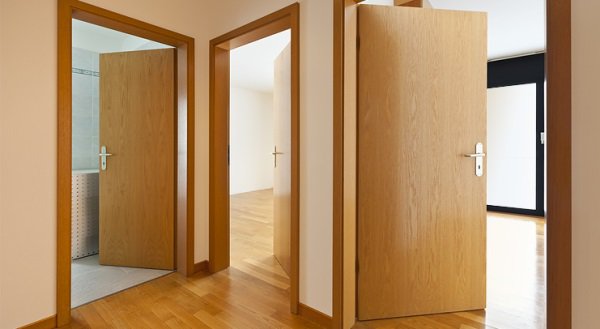
4. Varnishing. Be sure to check the quality and strength of the chemical treatment of the door, especially the varnish. To do this, you can lightly press your fingernail on the surface of the sash. If noticeable traces remain on the door leaf, it means that it is better to refuse to buy such a product. In addition, the varnished surface of the canvas should be without a strong specific smell, as well as pleasant and smooth to the touch. And do not forget that any door treatment should be environmentally friendly - varnish should not cause health problems.
5. Dimensions. Purchased doors must have strict and correct dimensions. There is a simple test - you can take a tape measure and measure the distance diagonally. If the segment from one upper corner to the lower corner coincides with another diagonal, then the door geometry is correct. For high-quality doors, an error of no more than 1-1.5 mm is allowed.
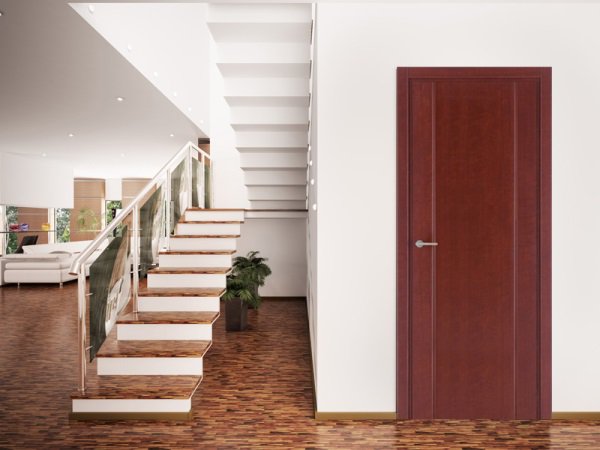
6. Opening method. You need to plan in advance for yourself the overall design of the door. According to the method of opening the doors between rooms are usually divided into the following groups:
- Traditional swing (the most common);
- Sliding (coupe, i.e. move apart along external or internal guide rails - they are quite common, especially in new houses or apartments);
- Folding (in the form of an accordion - rarely used);
- Stable (made of two halves - lower and upper, also used very rarely).
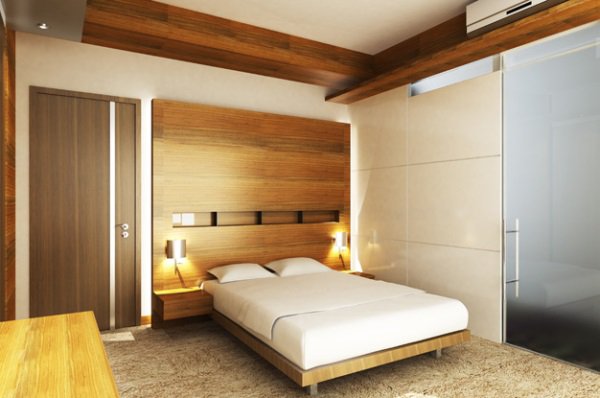
7. Equipment. If you do not plan to buy only one door leaf, then take an interest in additional equipment. Companies that offer high-quality products often sell G-platbands of the same type for doors - special rectangular or semicircular profiles, complete with door leaves. Platbands give the doors a finished, integral look and completely cover the mounting gap. In addition, solid doors should come with a door frame - a fixed part where the hinges and the door leaf itself are attached. Of course, with a box and architraves, the doors will be a little more expensive, but it's worth it - there will be fewer installation problems, and such doors look much more beautiful and elegant.
8. fire protection. Ask consultants for the fire safety class of the door being purchased. Of course, it is much better if your doors provide additional protection from smoke and fire.
9. Seals (thresholds). These are a kind of built-in or overhead door sills that provide the desired door closing tightness. Seals can be located both on the door frame and on the door leaf itself. The main rule is to make sure that the seals are soft, otherwise the door will not close tightly. Thresholds are traditionally used for the bathroom, toilet or pantry, it is not necessary to order this option.
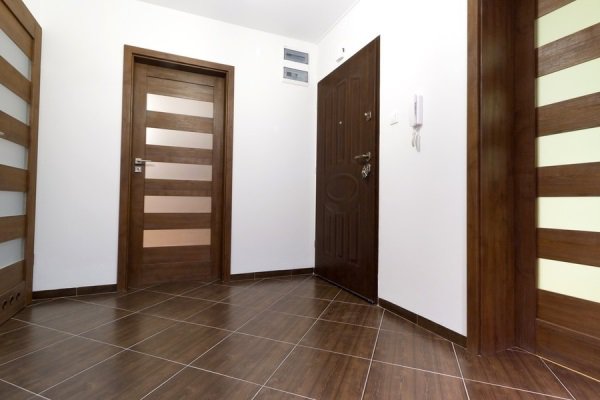
10. vestibule. Usually hinged doors have such a "quarter" - a special vestibule that goes beyond the door frame. The porch when buying doors is unprincipled, this question is rather for an aesthetic effect. Interior doors without a "quarter" are considered more modern, they use more expensive hidden door hinges. Such doors seem to be buried in the frame, forming a single plane with it. Installing doors without a vestibule requires great care and accuracy. On the other hand, traditional rebated doors are cheaper and allow easy adjustment of the door hinges when shrinking.
11. accessories. This includes hinges, a handle, a closer, a lock and some other elements. Study the issue of fittings in advance, read reviews, interview managers. It is better to buy high-quality fittings that come with these doors. But make sure that the price of such accessories does not reach sky-high heights. In any case, pick up accessories for this door. Make sure that the color of the handle and hinges is the same - it's more beautiful.
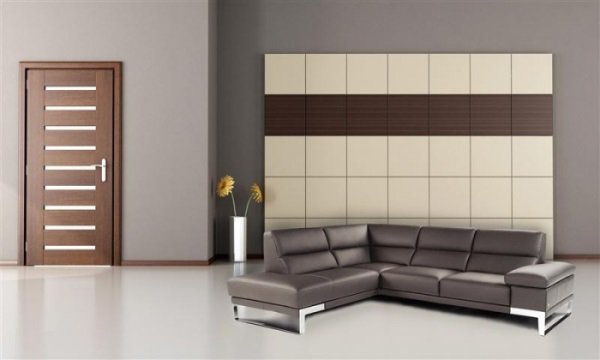
12. Warranty. Check with sellers for service maintenance and warranty period. Normal companies give a guarantee for a period of at least 3-5 years. A good option if interior doors are purchased directly from the furniture manufacturer. So there are more chances to buy a certified door and get a warranty service. Just keep in mind that there are often situations when the warranty "ends" during unpacking and installation. And then the firms refuse to admit possible defects (especially intermediaries sin this). Therefore, when you order doors along with installation, do not forget to sign a special acceptance certificate after installing the interior door.
13. measurements. Finally, before the purchase itself, you should: firstly, take a measurement; secondly, to collect and study all possible information, compare doors from different manufacturers; and, finally, thirdly - do not immediately rush to buy doors, it is better to take a picture of them and at home "estimate" the general view of the interior of the room. And only then, taking into account all the above tips, you can safely buy interior doors.
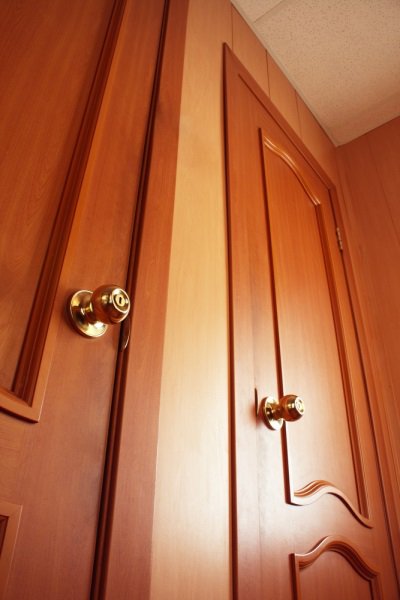
14. Door installation. Consider how you will install the doors: on your own or with the involvement of a master. This will help you adjust your budget. If you are not sure that you cannot install interior doors correctly, it is better to let specialists do the installation. Now on the market quite often, door sellers offer door installation “in the kit”. So you can save money if you do not plan to hire a master on the side. One more thing - before installing the doors should lie down in the apartment for at least 5-7 days to settle!
That's all. We hope our little tips will be useful to you when choosing an interior door. Good luck with your purchase!
